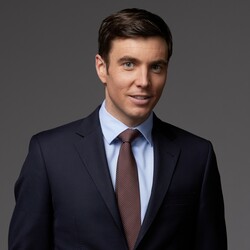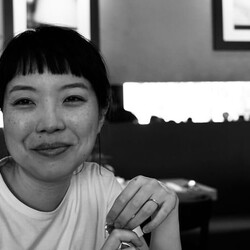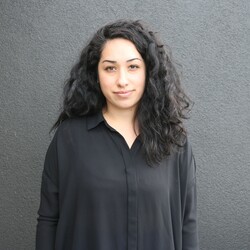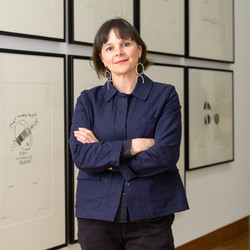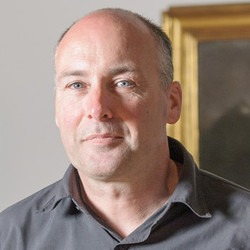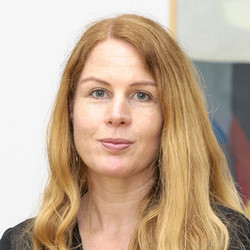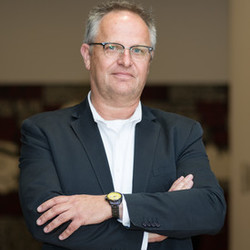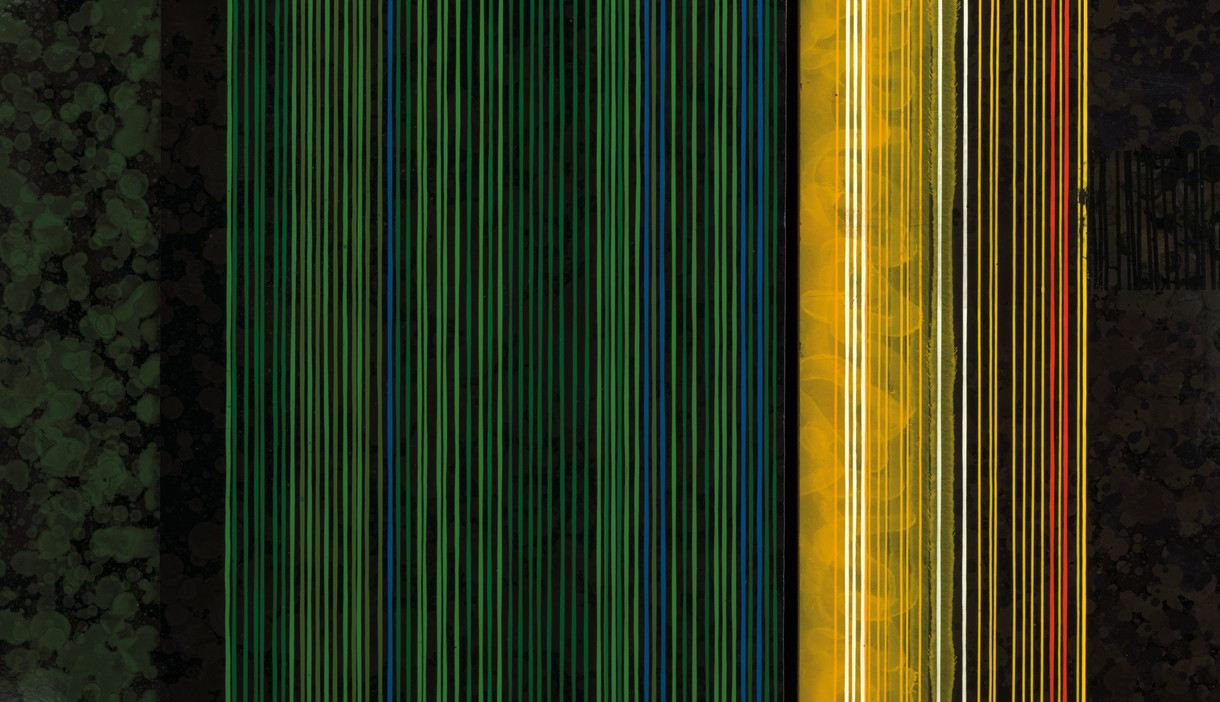Commentary
B.
Bulletin
New Zealand's leading
gallery magazine
Latest Issue
B.21901 Mar 2025
Contributors
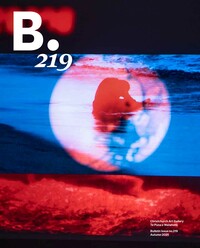
Commentary
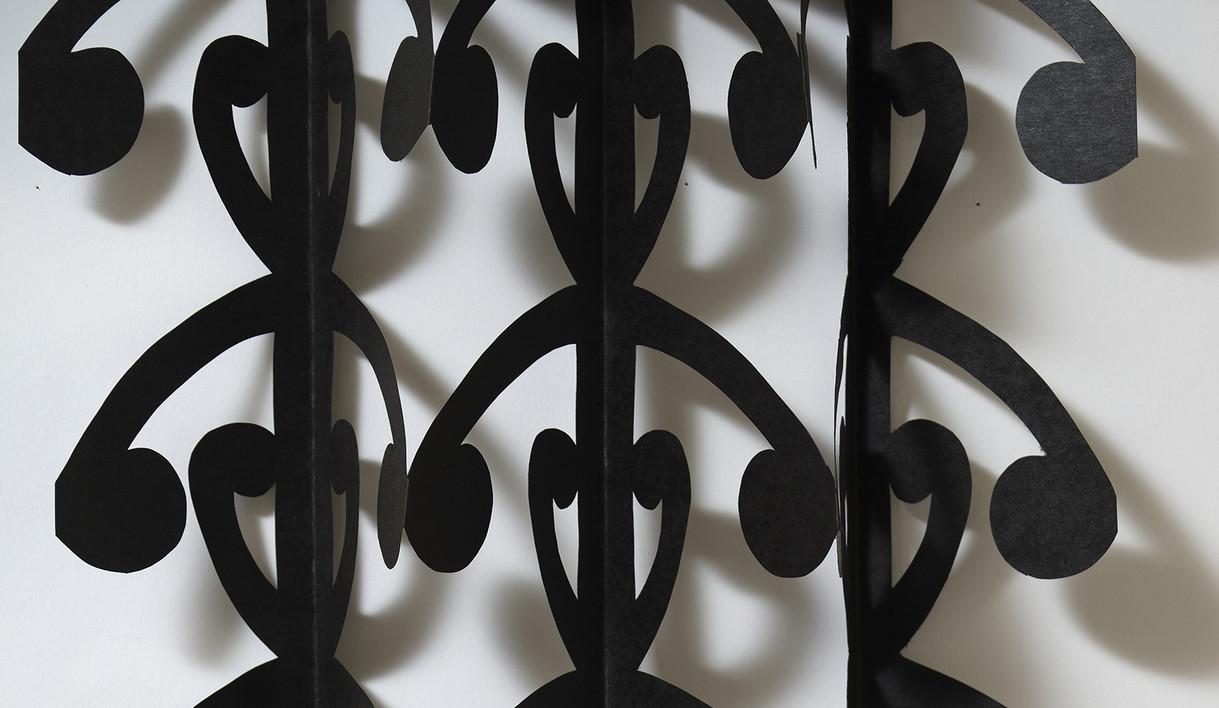
The Place Our Shadow is Cast
Lonnie Hutchinson’s new exhibition at Te Puna o Waiwhetū Christchurch Art Gallery is a calling—between living rākau rongoā planted on the forecourt of the Gallery and imprints of their leaves cut into wallpaper and metal inside. It questions our construction of spaces, the exterior versus the interior presentation of ourselves, inevitably exposing our own health and that of our taiao. Lonnie talks about rongoā, medicinal plant extracts, as being human-made, in as much as paper is human-made from plants, or aluminium cladding from bauxite in the earth. She carves the shapes of leaves into paper and aluminium and we are asked to step with her into te whare tapa wha—the house of healing. Sir Mason Durie designed this whare with a pillar for our tinana, our hinengaro, our wairua and our whānau and it is these things that I feel Hutchinson is asking us to notice in her deconstructed rongoā built of the elements, extracted from the earth, intrinsic to our whakapapa.
Commentary
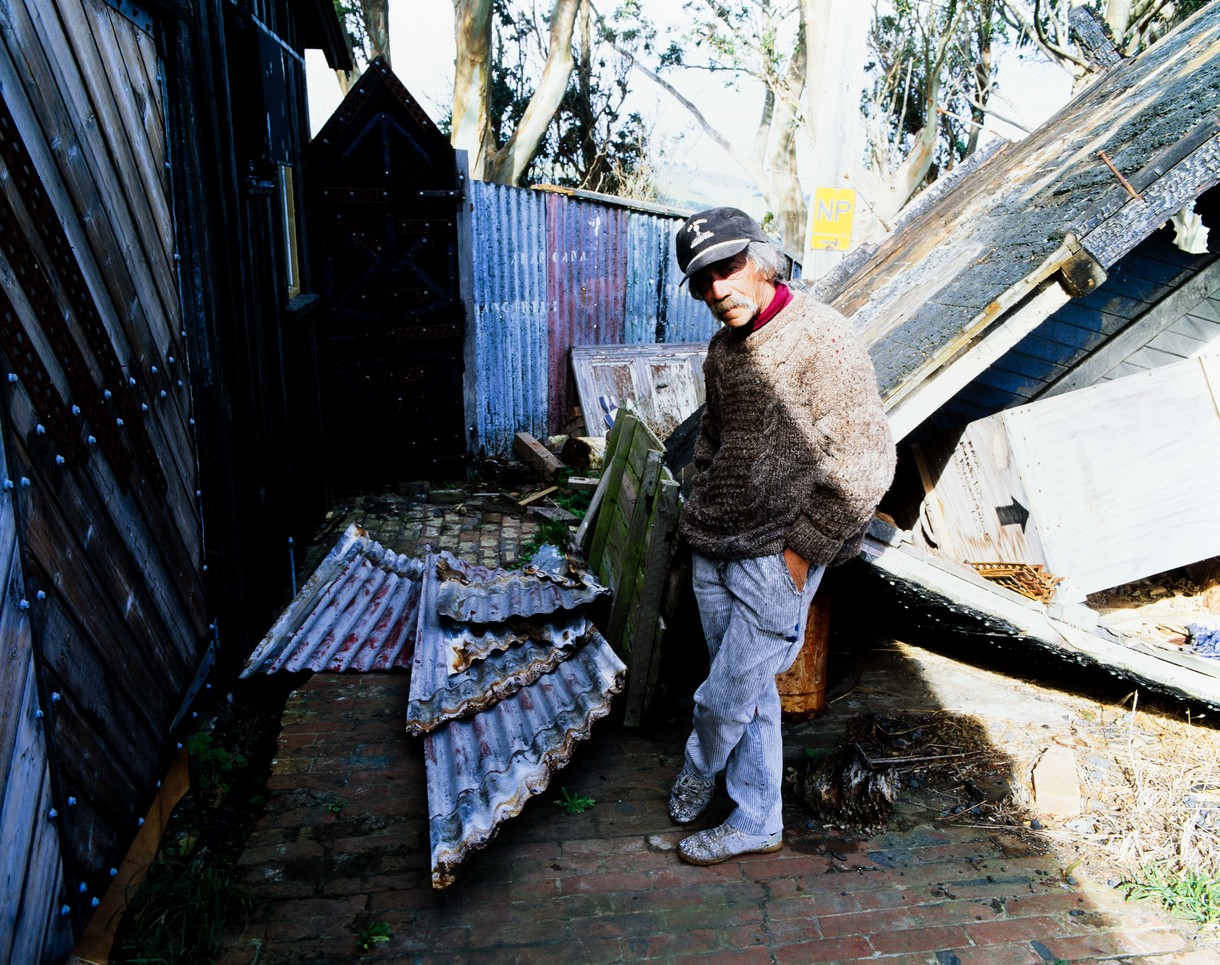
Ralph Hotere: Ātete (to resist)
Ralph Hotere’s art charted his journeys throughout Aotearoa and the world, reflecting on his experiences, identity and politics. As the first major survey exhibition of Hotere’s artistic career for over twenty years, Ātete celebrates his achievements and brings his vision to a new generation. It’s been a huge project to bring together so we thought it was timely to ask the four curators to tell us a little about their relationship with Hotere – how do they connect as individuals with the artist’s works, and the themes and the locations that they explore?
Commentary
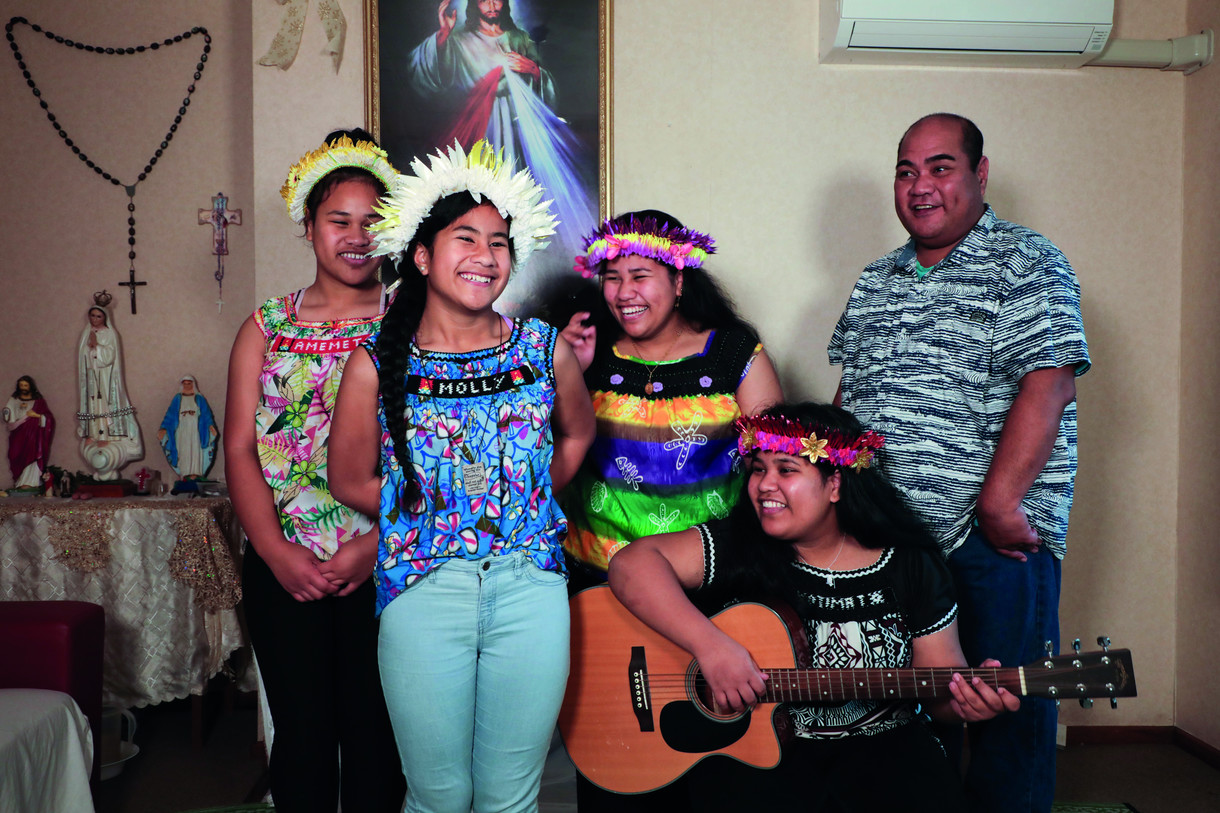
What We Never Leave Behind
We sang the national anthem every morning before school. Our tiny white business shirts ironed and tucked in by our mothers, our striped red and black ties straightened and pinned to our chests. Across the large concrete plane that constituted both playground and football field, we lined up in two large groups and stood next to our peers before a five-metre flagpole that bore the flag of our nation: the Arab Republic of Egypt.
Commentary
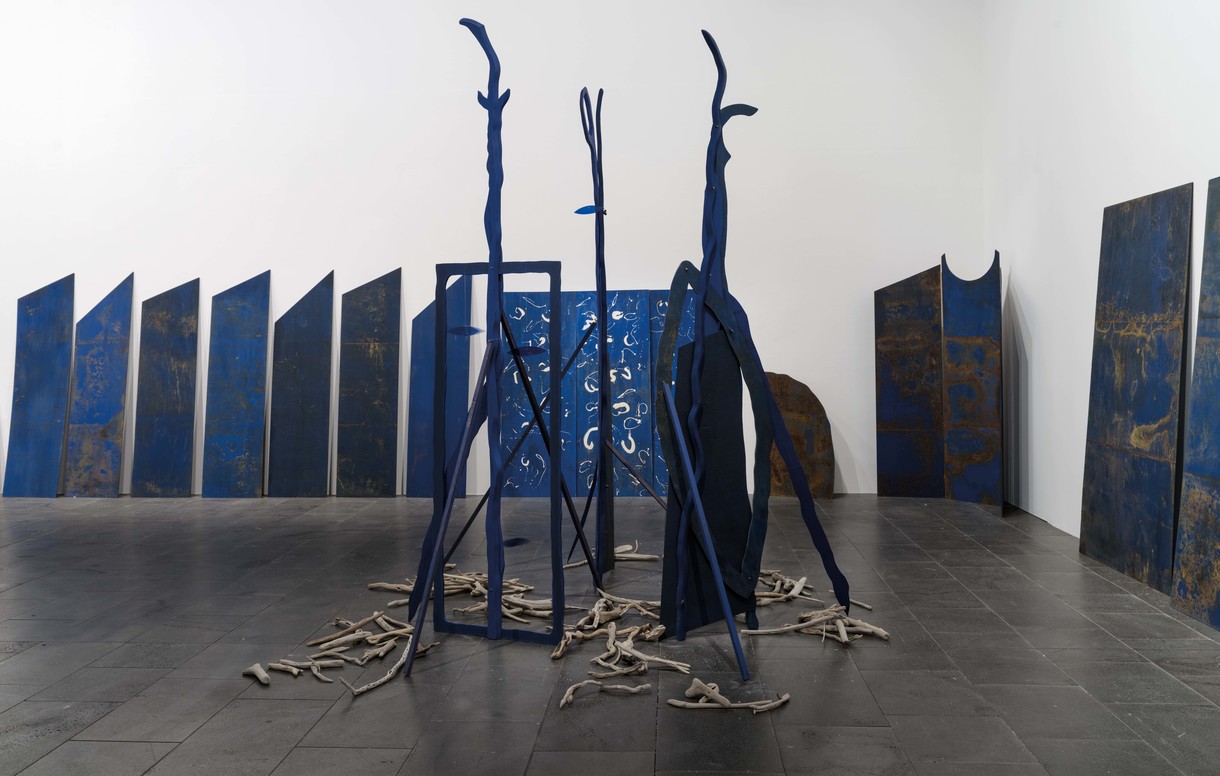
Pauline Rhodes: Blue Mind
Painted blue and patterned with rust, the thin plywood panels and screens lean nonchalantly around the walls of the gallery and form a skyline of sorts. Across the floor sculptures intersect the space, with groupings of tall rods, waist-high enclosures, clusters of plywood shapes and a small kayak frame on salvaged seaweed and driftwood. Islands for the audience to navigate. The forms are roughly human in scale and relative to the body, generating an intensity and making this an immersive installation to wade through.
Commentary
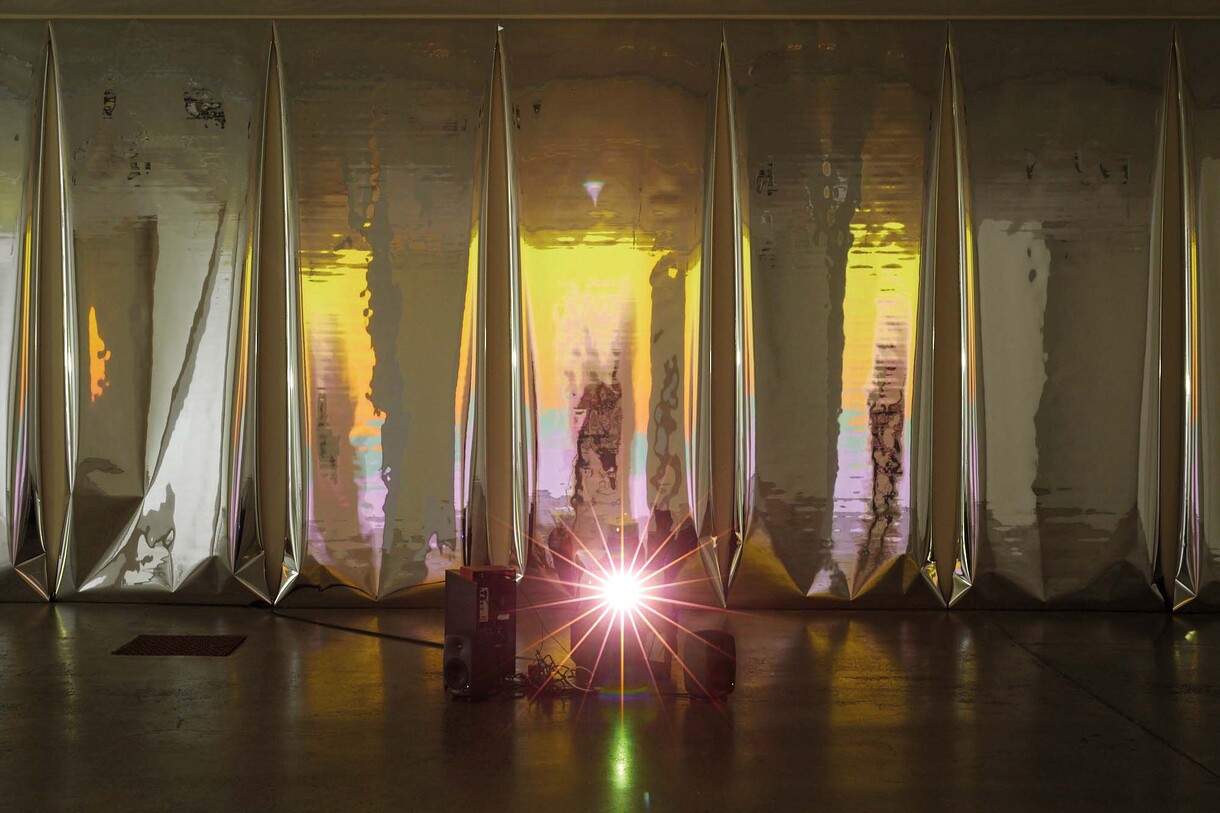
Crunchify Object
}
return a;
}
<crunchifyObject.
G[i,j]= network connectivity matrix.
Culled from the image search “algorithms”, it is unlikely that the unconnected fragments of code above could manifest an output, but I cannot be entirely sure.
Commentary
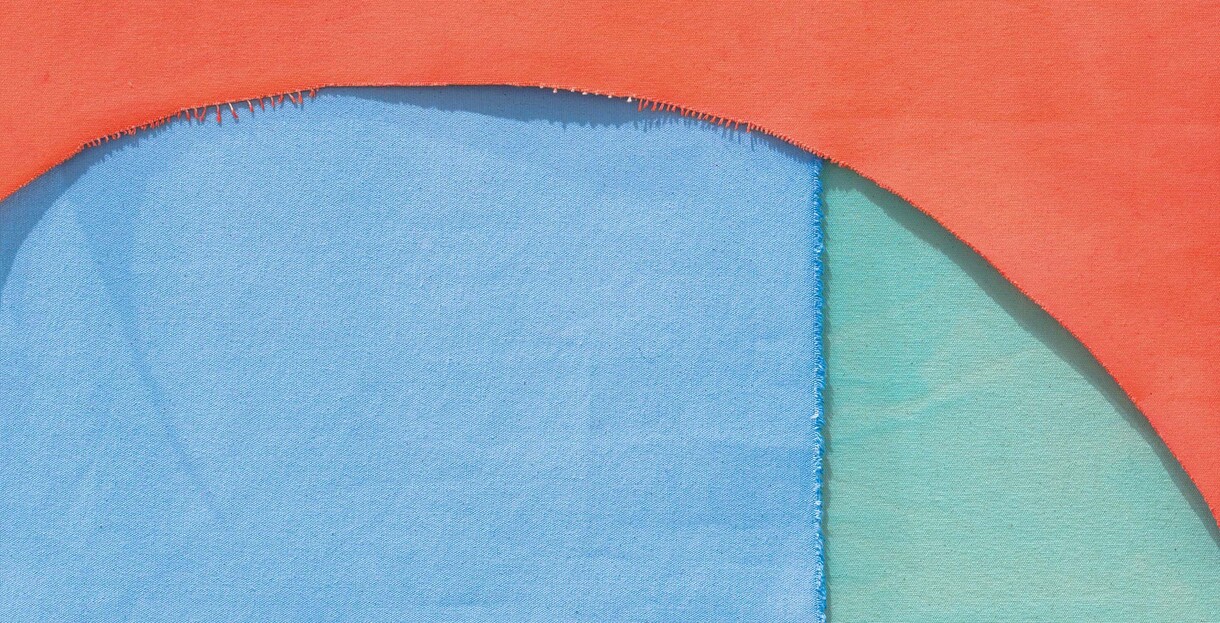
Touching Sight
Working in photography, textiles and painting, Conor Clarke (Ngāi Tahu), Emma Fitts and Oliver Perkins explore ideas of perception, both how we gain awareness through our senses, and the way in which something is interpreted or understood. Bulletin invited three writers to respond to the work in progress, to consider the materials and ways of making that each artist utilises. The resulting texts from Abby Cunnane, Fayen d’Evie and Chloe Lane are exploratory themselves, and offer us new ways of thinking about the works they relate to – as sensory items, as skins, as lichen.
Commentary
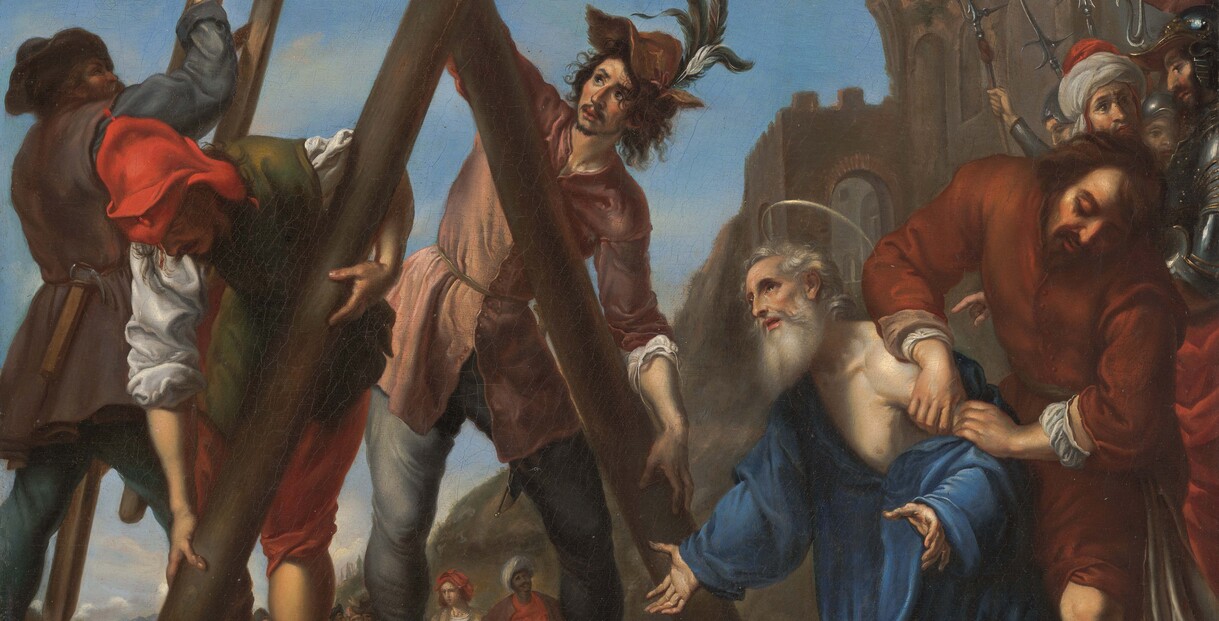
Painted Disciple
Curator Ken Hall takes time to closely investigate an intriguing recent acquisition.
Commentary
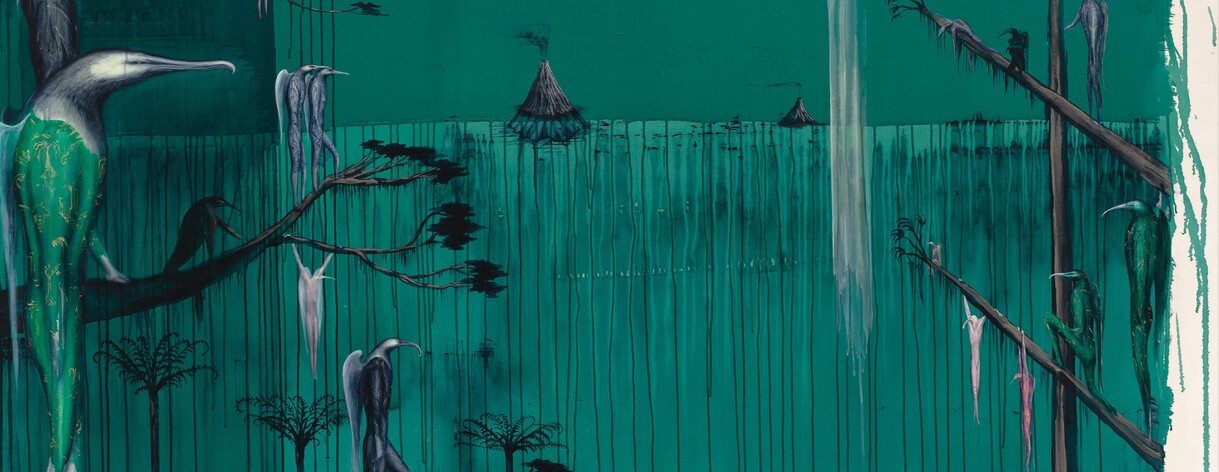
The Edge of the Sea
A vision of New Zealand’s past from 1995:
Europeans first imagined New Zealand as “a garden and a pasture in which the best elements of British society might grow into an ideal nation”... When the smoke of the colonists’ fires cleared at the end of the 19th century, New Zealand had become a different country. Māori had lost their most precious life-support system. Only in the hilliest places did the forest still come down to the sea. Huge slices of the ancient ecosystem were missing, evicted and extinguished. Our histories, however, have had neither the sense of place nor ecological consciousness to explain what has happened.
Commentary
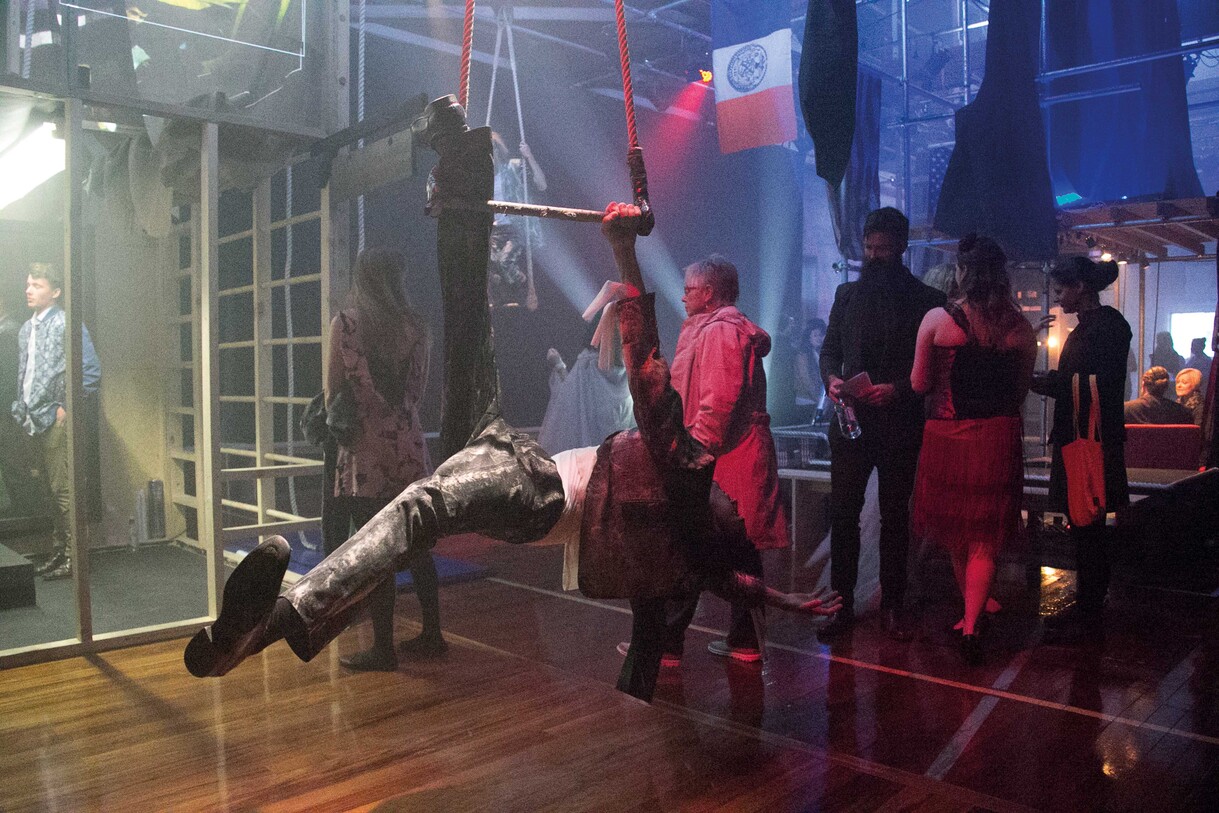
Artists Should Be Giving Business Advice
There has been a healthy debate going in relation to Germany’s Covid-19 emergency fund, which allocated the equivalent of NZ$900 million to artists and freelancers, with extra support from the Berlin municipality, leading some to call it an ‘arts-led’ (as opposed to ‘business-led’) approach to recovery. Some in Germany are claiming this will have better long-term economic outcomes, whilst addressing social and wellbeing recoveries at the same time. Others – without necessarily denying the first claim – fear gentrification and the instrumentalisation of arts, when it’s overtly being used as a tool for the economy.
